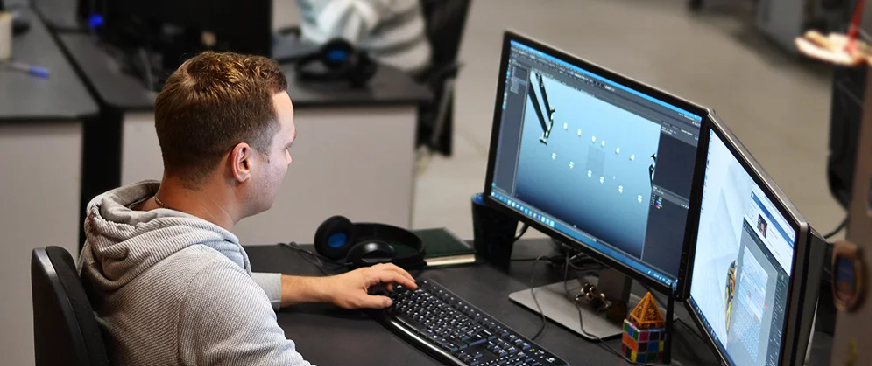Medicine, architecture, manufacturing, printing, and entertainment, linked with 3D technology and modernity, have become integral parts of our lives. Even though 3D modeling has revolutionized several industries, the construction industry needs to be faster to adopt this new technology.
Through decades of progress, we have consistently sought the finest innovations to enhance our lives—striving for comfort, convenience, and efficiency. The advent of 3D construction design stands as a disruptive force in the construction industry. From the utilization of 3D printers to the creation of intricate 3d site modeling boise, this technology has the potential to become a pivotal element in the built environment.
The Changing Nature of Design
An increasingly sophisticated approach is necessary for good design as infrastructure projects become more complicated. Consider a sizable transit hub or an extensive urban expansion; both require the management of several interconnected components. It isn’t easy to manage these complexities with typical 2D drafting. The parts don’t exactly fit together like in a large puzzle without a comprehensive viewpoint.
This unique perspective is made possible by 3D modeling, which helps engineers and architects see how every part of the project works together as a whole. With rendering capabilities that let clients see lifelike models of the final product, it adds a whole new dimension—quite literally—to the design process.
Optimizing Construction Processes
When moving from concept to construction, designers often gave builders and subcontractors fragmented 2D designs. Information was passed on for the following step, much like a baton in a relay race, although this conventional linear pattern was disorganized and prone to misunderstandings.
Using integrated 3D modeling, design intent and construction needs are seamlessly combined on a single digital platform. Before they become actual issues, clash detections can automatically highlight conflicts between architecture models, MEP systems, and structural elements. This avoids expensive on-site rework and delays, and up to 30% faster project completion is possible with 3D coordination.
Realistic depictions of the building process help enhance the logistics and sequencing of construction. The development lifecycle’s digital twin simulations allow contractors to optimize staging and workflow. Consider this a pre-project dress rehearsal where the team gains practical experience before real boots touch the ground!
Enhancing Project Management
In the past, project managers had to manually modify disparate pieces of 2D documentation whenever they implemented changes. Similar to the well-known fax machine meme, changes required a never-ending stream of edits, requests for updates, and information.
On the other hand, changes made to a 3D federated model automatically synchronize with every part of the design. A single source of truth enhances the accountability and transparency of the project stakeholder teams. Rather than relying on mountains of paper for dashboard-style model reviews, interactive walkthroughs in virtual environments can further streamline processes.
Future-Proofing the Built Environment
Smart infrastructure, the convergence of technological trends, including cloud computing, mixed reality, and Internet of Things sensors, is driving the next wave of innovation. 3D digital environments provide a foundation for integrating these solutions into the constructed fabric.
Ideas like digital
twins are revolutionizing asset management lifecycles. Photo-realistic 3D maps of cities, bridges, and buildings support predictive analytics on structural health and maintenance needs. Augmented workflows combine the real and virtual worlds to give teams on-site interactive instructions and distant access to experts.
In summary, the strain becomes more apparent in the face of heightened expectations from both public and private entities to achieve more with limited resources. Embracing 3D site models emerges as the pathway to instil efficiencies and facilitate a smarter, faster, and greener approach. While the tools necessary for this transformation already exist, realizing such potential demands a radical shift in mindset and behaviour.

